复制的“拉奥孔”与可疑的“静穆”—早期温克尔曼的“拉奥孔”阐释
The Issue of Copies and the Problem of “Stillness”
-
摘要: 早期(即德累斯顿)的温克尔曼在《希腊美术模仿论》中以“高贵的单纯与静穆的伟大”阐说拉奥孔雕像,罗马时期的《古代艺术史》和《佛罗伦萨手稿》则对拉奥孔雕像作出了十分不同的重述。经考证,温氏在德累斯顿期间所见既非梵蒂冈观景楼的原像,也非石膏浇铸件,而是17世纪法国雕刻家的青铜仿制品。他抵罗马之后才亲睹梵蒂冈观景楼的原像。早期温克尔曼从拉奥孔的表情和身姿论证静穆感,其中以拉奥孔之不“哀号”和平衡的站相为要。早期评论中,拉奥孔之不“哀号”是出于心灵的高贵,罗马时期则对之做出了修正,莱辛、赫尔德、歌德等人也作出质疑。由艺术史的考证得出结论,拉奥孔的站相,特别是“右臂”,是文艺复兴雕刻家的 “修补”,与真正的“右臂”大为不同。这透露出其早期的静穆之说多有可疑之处,亦表明温克尔曼面对特定复制品(包括人为修复)的视觉经验直接影响了他的拉奥孔阐说。Abstract: Trying to define the character of Greek art, Winckelmann chose the Laocoon Group as an expression of “noble simplicity and calm grandeur” (“die edleEinfalt, die stilleGrösse”) in 1755 when he was in Dresden. This article proves that the Laocoon Group Winckelmann described is neither the original Roman copy in Vatican Belvedere, nor a plaster copy, but a bronze copy by a French sculptor in the 17th century. However, Winckelmann found the quality of simplicity and grandeur in Laocoon’s facial expression and gesture. After Winckelmann traveled to Roman and observed the authentic Roman copy, he invented a different theory about Laocoon’s expression and gesture. This article also argues that the sculpture’s gesture, especially the right arm of Laocoon Winckelmann saw in Dresden and Rome was actually adapted by Renaissance artists. Consequently, Winckelmann’s 1755 theory of Laocoon should be reconsidered under the perspective of archelogy and the history of copying and restoration of antiques.
-
Key words:
- Winckelmann in Dresden /
- Laocoon /
- stillness /
- bronze copy
-
图 5 《拉奥孔》 1540−1957年之间藏梵蒂冈博物馆 古罗马复制品 经文艺复兴时期蒙托索里的修复 (70)
-


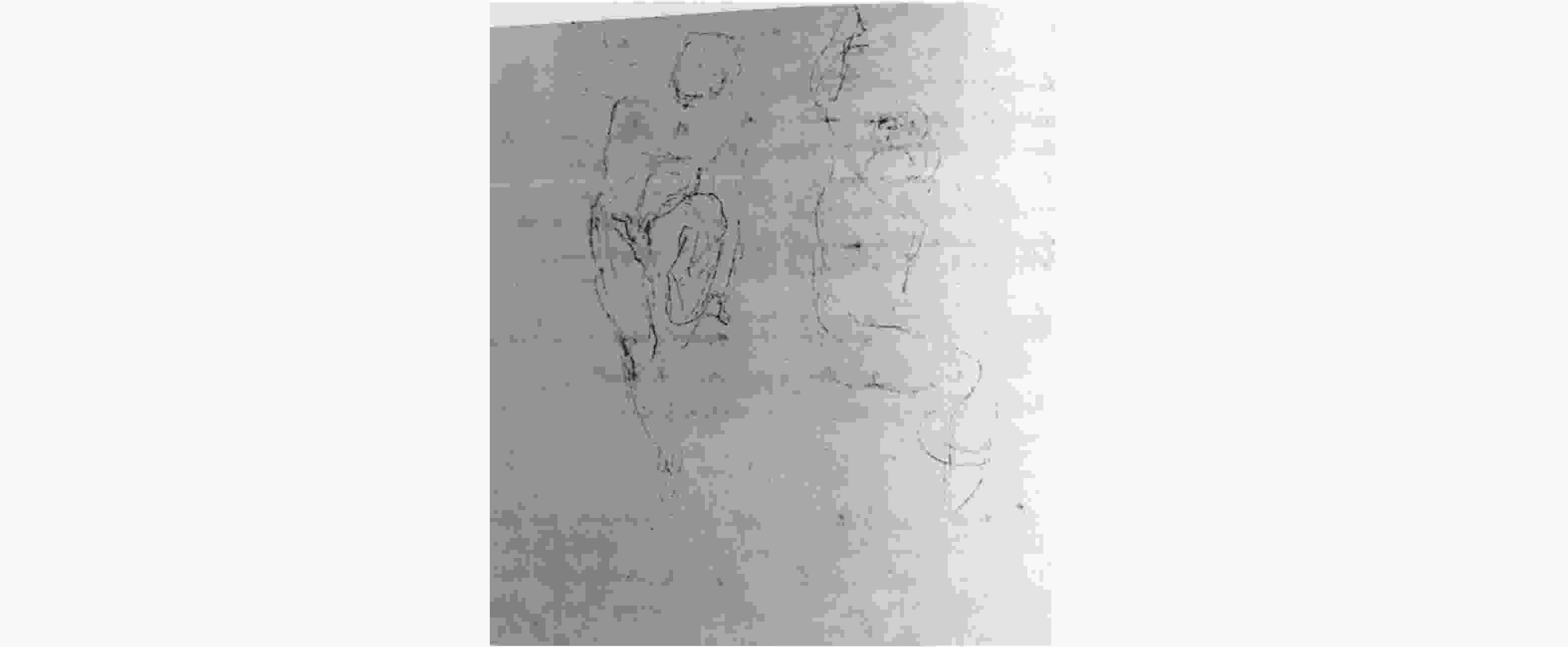
 下载:
下载:
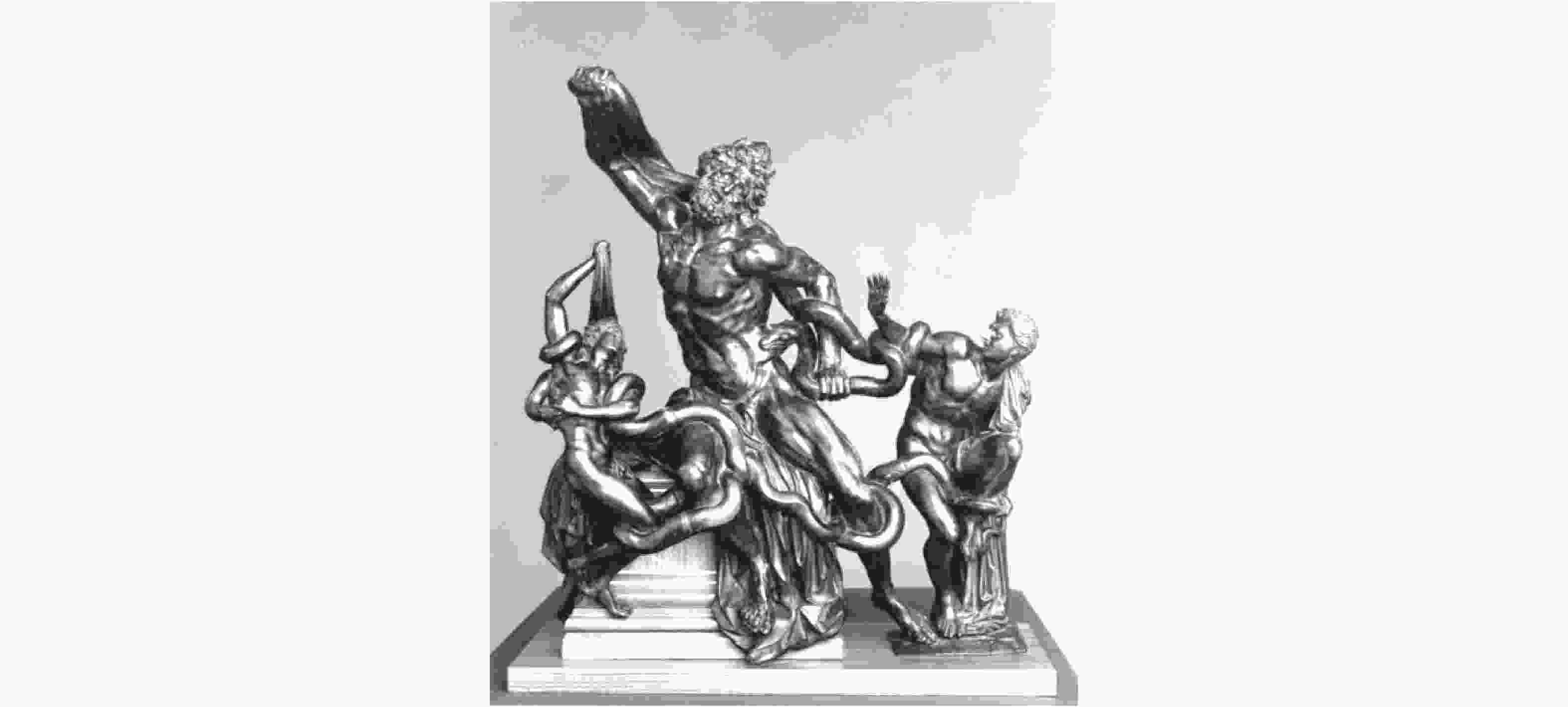

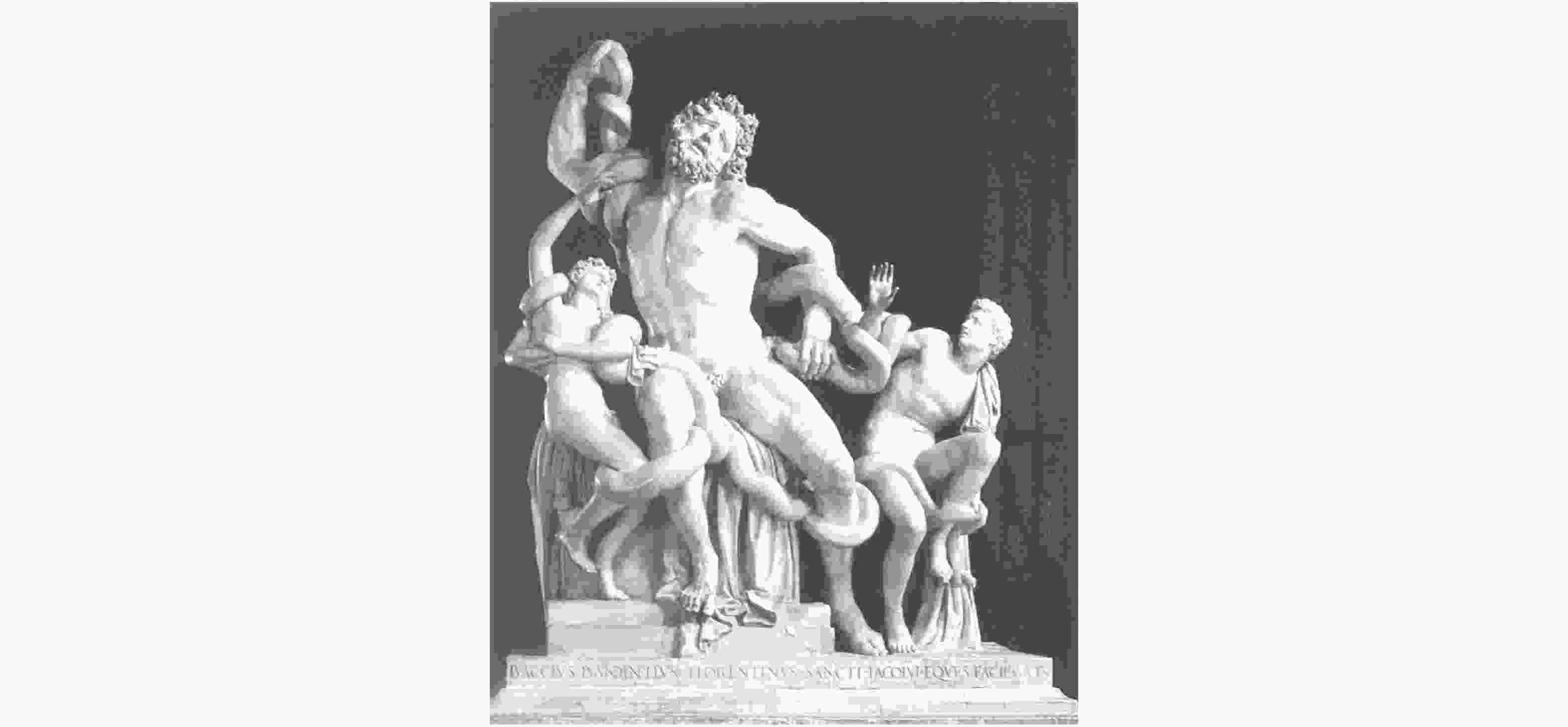
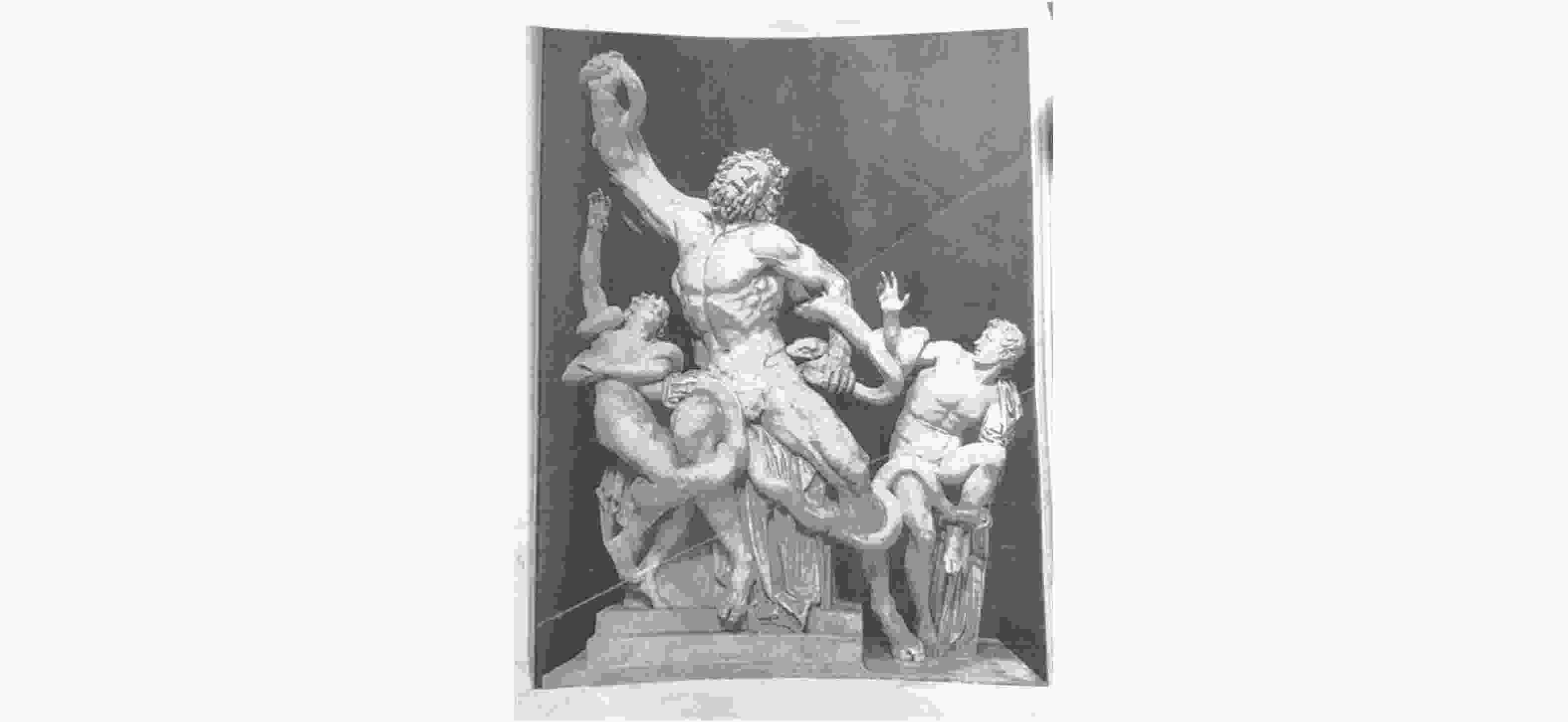
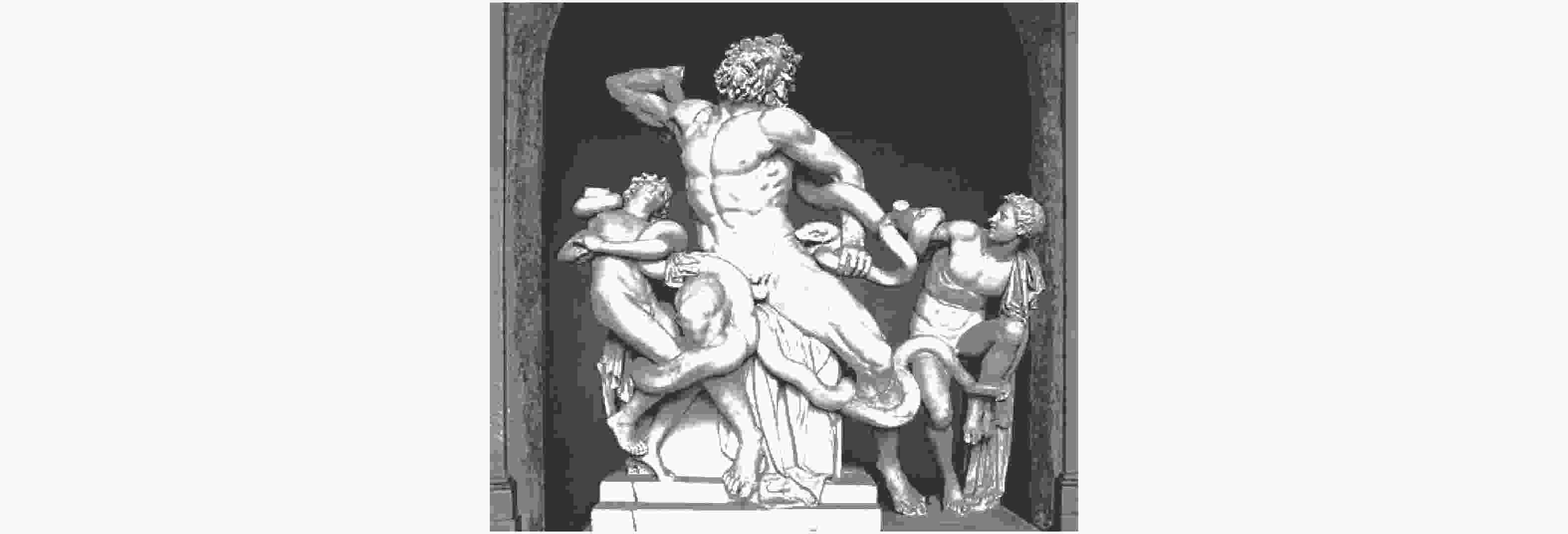


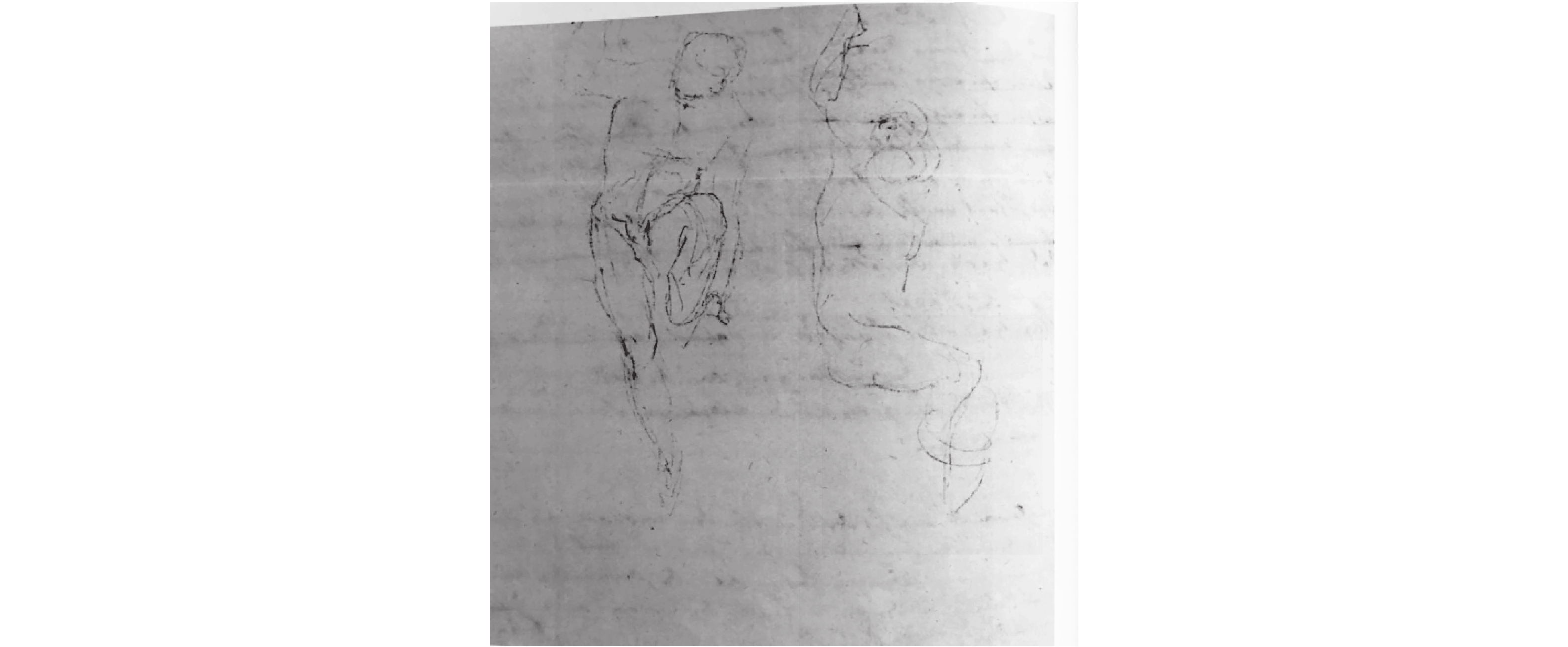
 沪公网安备 31010102003103号
沪公网安备 31010102003103号